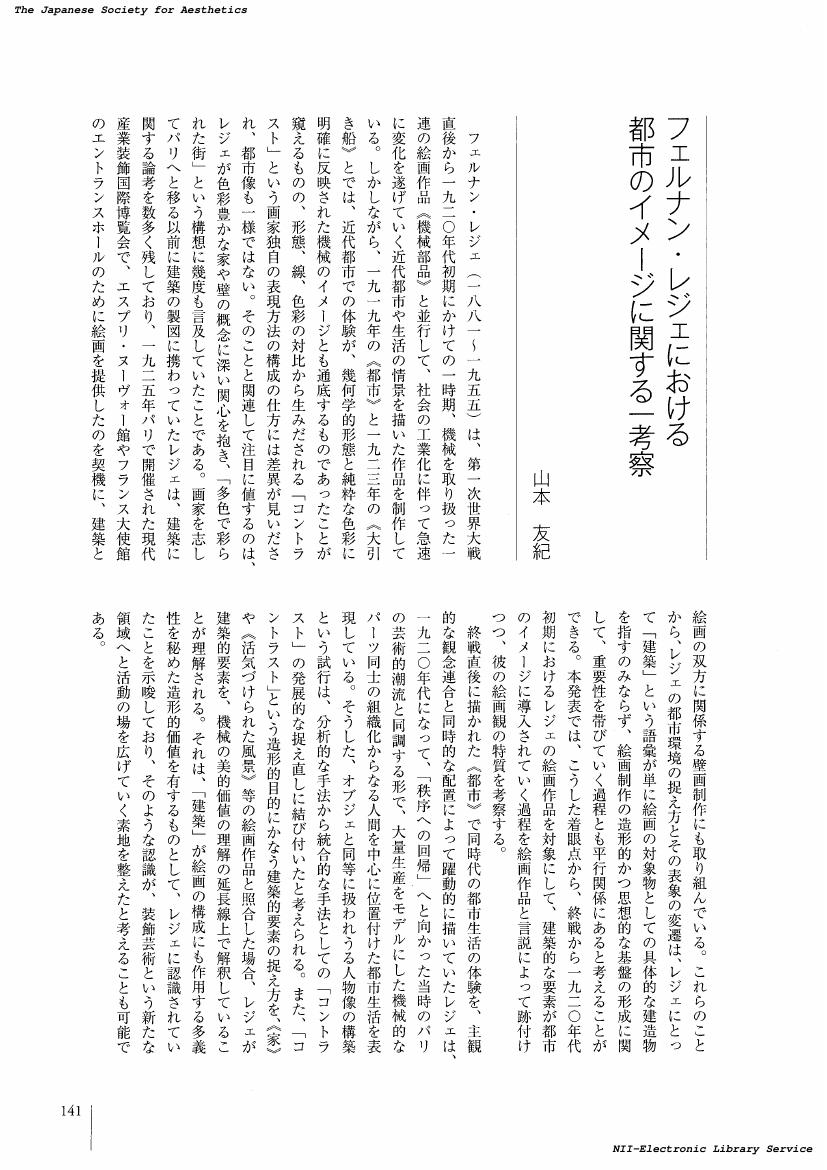1 0 0 0 OA 顎関節症患者を姿勢コントロールからアプローチした一症例 足部のRocker機構に注目して
- 著者
- 中村 浩明 岡本 高志 山本 友紀 加藤 太郎 五十嵐 進 伊藤 大起 古野 薫 横井 秋夫
- 出版者
- 公益社団法人 日本理学療法士協会
- 雑誌
- 理学療法学Supplement Vol.34 Suppl. No.2 (第42回日本理学療法学術大会 抄録集)
- 巻号頁・発行日
- pp.C0998, 2007 (Released:2007-05-09)
【はじめに】顎関節症患者の顎関節だけを一時的にアプローチしても、また症状が元に戻ってしまうことを多く経験する。今回、顎関節に疼痛、違和感を訴えている患者を、疼痛増強主訴である歩行から関連を捉え、足部からのアプローチを行い、良い結果が得られたので報告する。【症例紹介】26歳、男性。理学療法士。診断名:左顎関節症、変形性頚椎症。18歳頃より左顎関節に違和感出現。25歳に総合格闘技で、右足部にアンクルホールドを極められ左顎関節症状が悪化。その後、全身体調不良となった。主訴は、口を開けるとクリック音がして痛い。左顎が常に重だるく違和感がある。よく顎を鳴らしたくなる。両足首に不安定感があり歩行中、歩行後に全身に違和感、疲れやすさがあるとの事であった。【理学療法評価および治療】Passenger Unitへアプローチを座位から行い、顎関節へのメカニカルストレス軽減を狙ったが、歩行するとLocomotor Unitの不安定性から身体が崩れてしまう傾向があり、良い治療結果が残せなかった。特に本症例の場合、疼痛、違和感が増強するという訴えは、歩行時のLoading Response~Mid Stance、Mid Stance~Terminal Stanceにかけて著名であった。Loading Response~Mid Stanceでは距骨下関節が過回内し、Ankle Rocker機構機能不全、また、Mid Stance~Terminal Stanceでは横足根関節が過外反しForefoot Rocker機構機能不全の状態がみられた。その機能不全状態を、足部からのテーピングにより各Rocker機構が機能的に作用する環境に整えた。【結果】テーピング後は、下顎が真っ直ぐ下制するようになり、顎関節の疼痛、違和感の消失。開閉の最終時の左顎関節のクリック音が消失した。歩行時も前方への推進力が発揮できるようになり、全身状態も楽であるとのことであった。【考察】歩行時に違和感を訴えたLoading Response~Mid Stance、Mid Stance~Terminal Stanceは、荷重期の特に下肢の支持性、推進力の維持、下肢と体幹の支持性が必要な相である。これらの相に必要な骨での支持は、足部ではRocker機構の事を指し、身体のアライメント、軸の形成には不可欠であると考えられた。各相でLocomotor Unit、または、Locomotor UnitとPassenger Unitのアライメント、軸形成を足部から同時に図ったことにより、顎関節へのメカニカルストレスは開放され疼痛、違和感が消失したと考えられた。【まとめ】顎関節症患者を足部からコントロールし、姿勢アプローチをした。特に主訴であった歩行時の足部Rocker機構に注目してアプローチを行なった。軸の形成は、各々の組織が、分化的に働けるような環境を作る意味で重要であると考えられた。
1 0 0 0 OA フェルナン・レジェの都市イメージ : 絵画における空間構築に関する一考察
- 著者
- 山本 友紀
- 出版者
- 美学会
- 雑誌
- 美学 (ISSN:05200962)
- 巻号頁・発行日
- vol.62, no.1, pp.73-84, 2011-06-30 (Released:2017-05-22)
The present paper proposes to analyze the theme of the Modern City in a series of loosely related works by French painter Fernand Leger (1881-1955) from 1919 to 1923. After returning from the Great War, Leger proved remarkably productive and tackled several different styles and themes at once, thus leading previous critics of his art to describe this stage in his career as a particularly eclectic one, especially when compared with the contemporary "call to order" within the avant-garde circles. Nonetheless, it is a common trend in these studies to somewhat overlook the overarching motif-based on the painter's deeply personal interpretation of modern urban life-which served to conceptually unify these works. It is our intention therefore to reassess Leger's conception of the City and reveal the significance of his works on this theme in a new light. He was very receptive to the dramatic changes around him and showed great interest in the emerging forms of modernist architecture. This choice of subject led him to move from his early "simultanist" evocation of life in the Modern City towards a socially-engaged and boldly pictorial exploration of new possibilities within a revolutionary concept of urban space.
- 著者
- 山本 友紀
- 出版者
- 美学会
- 雑誌
- 美学 (ISSN:05200962)
- 巻号頁・発行日
- vol.61, no.2, pp.141, 2010-12-31 (Released:2017-05-22)
1 0 0 0 OA モダン・アートと「自然」の表象/1930年代フランスにおける抽象芸術に関する一考察
- 著者
- 山本 友紀 Yuuki YAMAMOTO
- 出版者
- 神戸芸術工科大学
- 雑誌
- 芸術工学2014
- 巻号頁・発行日
- 2014-11-25
両大戦間期の西洋のモダン・アートにおいては、新しい映像機器の発達によって示された自然の世界に、新たな造形的モデルを見出す傾向がみられた。本論文では、フランスにおける1930年代の芸術界における前衛芸術を主な対象として、こうした傾向がどのような作品を生み出したかについて考察した。1920年代以前に機械の美学を提唱していたフェルナン・レジェ、ル・コルビュジェとアメデ・オザンファンは、1930年代に、「自然」をテーマとする有機的で不定形な形態をそれぞれ絵画に導入している。それは社会・文化的危機を迎えた1930年代という時代状況で、未来の社会に向けての統一的ヴィジョンを示すための一つの解決法をもたらす方法として選び取られたのであり、とくに彼らの「オブジェ」のとらえ方は、シュルレアリスムの「ビオモルフィスム」とは根本的に異なるものである。さらに1930年代のフランスで非具象表現を目指して組織された「アブストラクシオン・クレアシオン」の活動にも、有機的な形態を造形へと取り込んだ画家たちがいる。彼らは、カメラのような機械を自然や生へと到達するための装置とみなし、非具象的なイメージを、物理的な世界へと結びつけようとした。これらの試みには科学と芸術を同一の地平で扱おうとした、先駆的な試みをみることができる。
